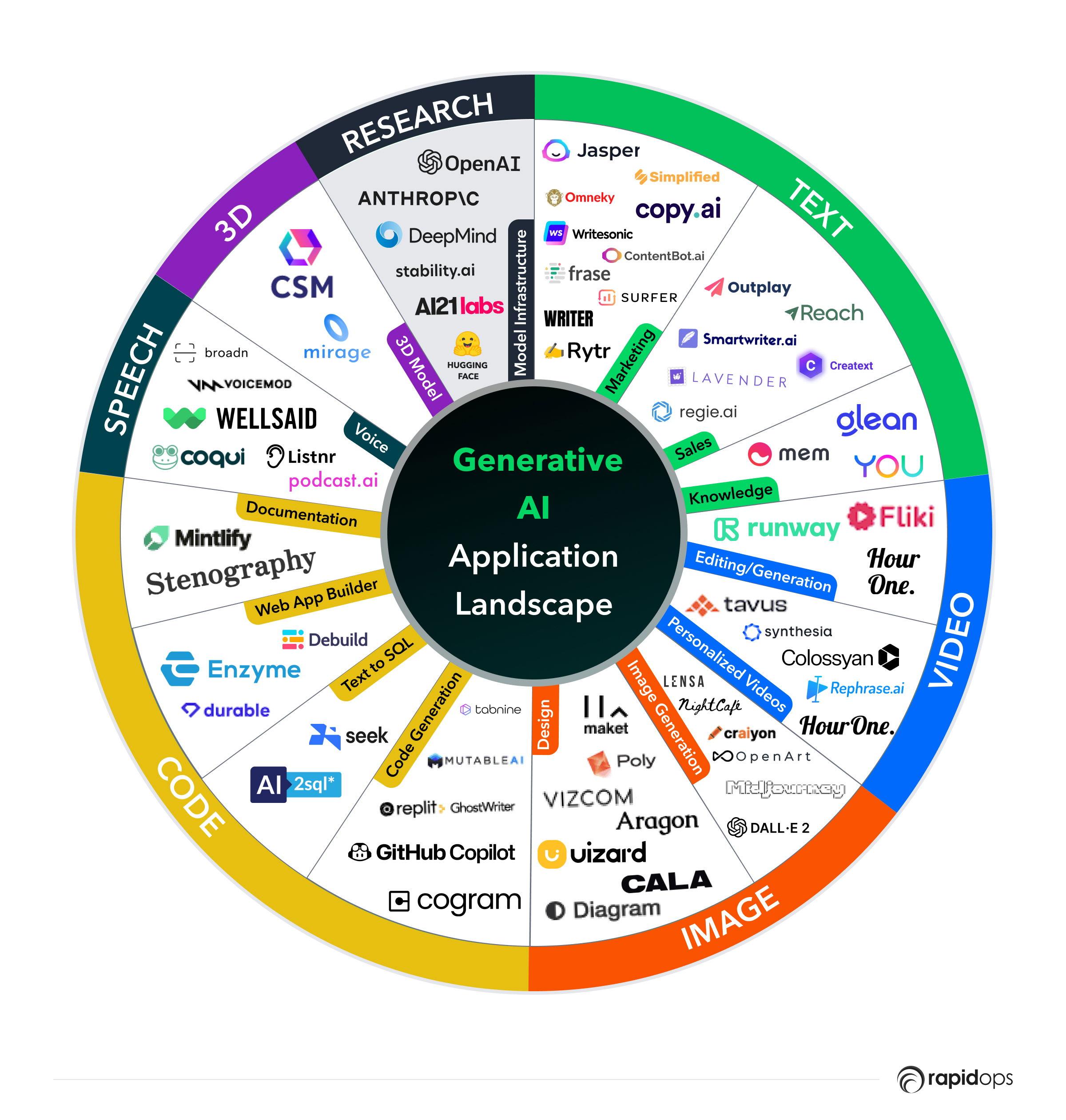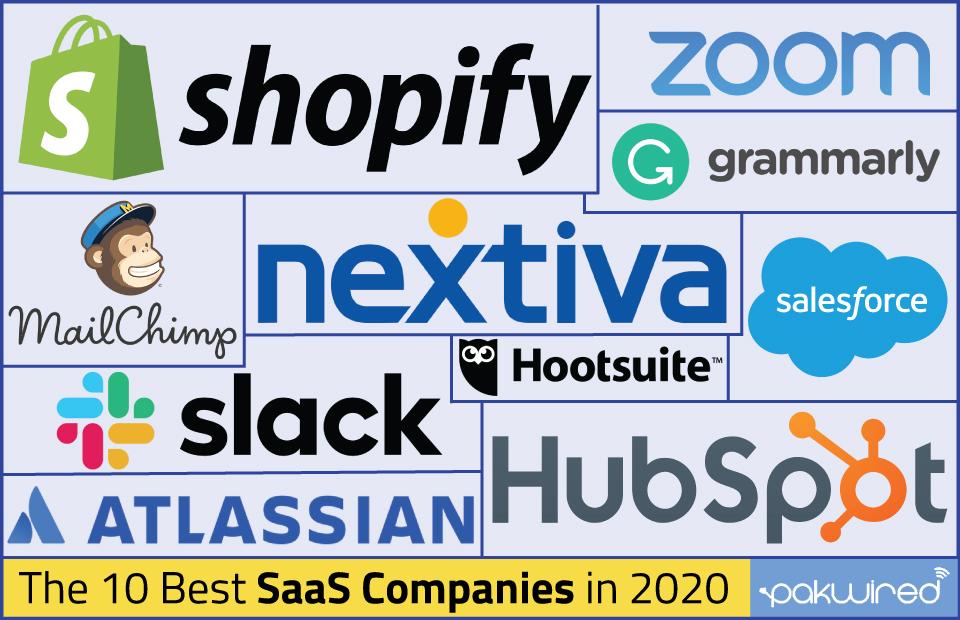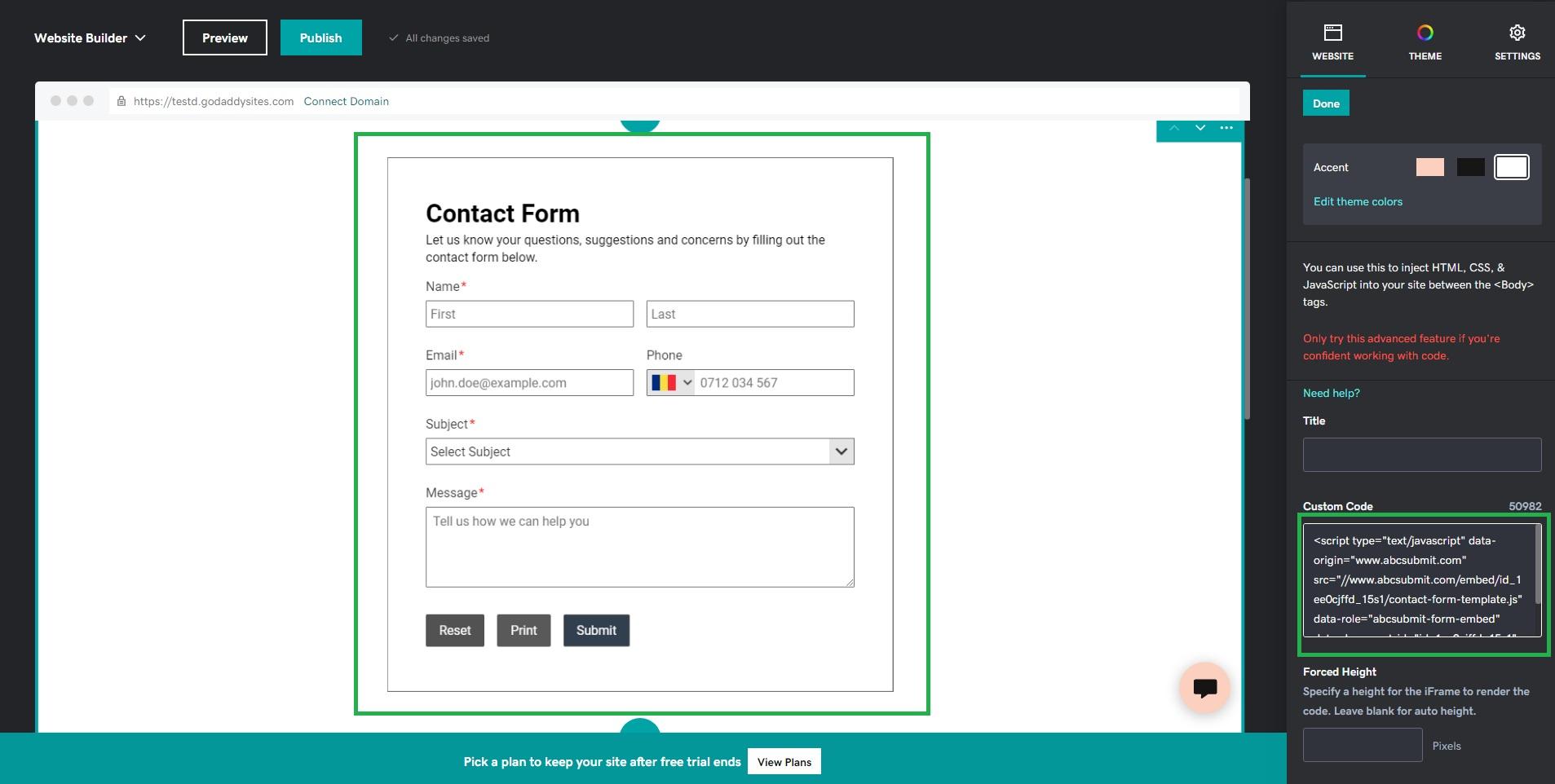
Are you an aspiring writer looking to share your thoughts, stories, or expertise with the world? If so, you’ve probably considered starting a blog but felt overwhelmed by the options available. The good news is that you don’t need to break the bank to establish your online presence. With a plethora of free blog platforms at your fingertips, you can easily create a space that reflects your unique voice and style. Whether you’re aiming to connect with like-minded individuals, showcase your writing talents, or simply document your journey, the right platform can make all the difference. So, grab a cup of coffee, get comfy, and let’s explore the top 10 free blog platforms that can help turn your writing dreams into reality. Your audience is waiting, and it’s time to let your words take flight!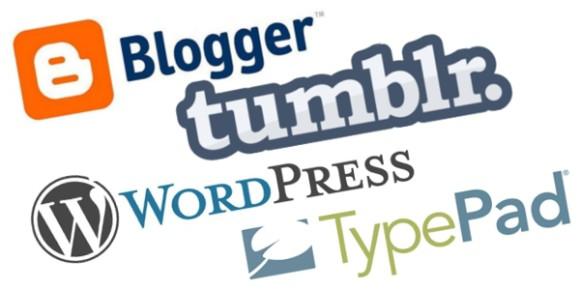
Choosing the Right Blog Platform for Your Writing Journey
When it comes to blogging, especially for aspiring writers, choosing the right platform can significantly influence your experience and growth. With the plethora of options available, it’s essential to consider what features are most important for your unique needs. Whether you’re looking for simplicity, customization, or community engagement, the right platform can make your writing journey fulfilling.
One of the first decisions you must make is whether you prefer a platform that is user-friendly or one that offers extensive customization options. If you’re just starting, platforms like Blogger or Wix provide an intuitive interface that allows you to focus more on writing rather than technical aspects. On the other hand, if you have a vision for your blog and want to dive deeper into customization, WordPress.com offers a robust foundation with numerous themes and plugins to enhance your blog’s functionality.
Another critical factor to consider is the community aspect of the platform. Engaging with other writers can be incredibly beneficial for your growth. Platforms like Medium foster a community of writers and readers, providing a space to share and critique work. This interaction can be a great source of motivation, feedback, and inspiration.
If monetization is on your radar, you might want to explore options like Weebly or WordPress.com, which offer integrated tools for ads and affiliate marketing. These platforms allow you to start earning from your writing journey early on. Remember, building an audience is a gradual process, and having the right tools at your disposal can help you capitalize on your efforts.
Security and control are also paramount. If you want to ensure that your content is protected and you have full ownership, consider platforms like Ghost or self-hosted WordPress. While they may require a bit more technical setup, they give you the freedom to control every aspect of your blog.
To help you make an informed choice, here’s a quick comparison table of popular free blogging platforms:
| Platform | User-Friendly | Customization | Community Engagement | Monetization Options |
|---|---|---|---|---|
| Blogger | Yes | Basic | Limited | No |
| Medium | Yes | None | High | Limited |
| Wix | Yes | Moderate | Limited | Basic |
| Weebly | Yes | Moderate | Moderate | Yes |
| WordPress.com | Yes | High | Moderate | Yes |
Ultimately, the best platform for you will align with your goals, style, and engagement preferences. Take your time exploring each option, and don’t hesitate to experiment. After all, this is your writing journey, and the right platform is out there waiting to support you as you share your voice with the world. So, pick a platform that resonates with you, and start crafting your narrative today!
Exploring the Benefits of Free Blogging Platforms
In today’s digital age, the ability to express oneself through writing has never been more accessible, thanks to a plethora of free blogging platforms. These platforms not only allow aspiring writers to showcase their thoughts and ideas but also come packed with a host of benefits that can enhance the blogging experience.
One of the most significant advantages of using free blogging platforms is the affordability. For writers just starting out, investing in a self-hosted site might be financially challenging. Free platforms eliminate this barrier, making it easy for anyone to start blogging without upfront costs.
Another perk is the user-friendly interfaces that most of these platforms offer. You don’t need to be a tech wizard to create and manage your blog. With intuitive dashboards and simple drag-and-drop features, even those with minimal technical knowledge can get their blog up and running in no time.
Additionally, many free blogging platforms provide built-in social features. This means you can connect with a community of fellow writers and readers, gaining valuable feedback and potentially expanding your audience. Engaging with other bloggers can spark inspiration, collaborations, and a sense of camaraderie.
Moreover, most of these platforms come equipped with a variety of customization options. From choosing themes to adding widgets, writers can personalize their blogs to reflect their unique style and personality. This level of creativity helps build a strong brand identity, essential for anyone serious about their writing journey.
Let’s not overlook the importance of search engine optimization (SEO) tools that many free blogging services offer. With built-in SEO features, writers can make their content more discoverable, driving organic traffic to their blogs. This is crucial for those looking to monetize their writing or simply reach a broader audience.
Furthermore, free blogging platforms offer extensive support and resources. From tutorials to forums, budding writers have access to a wealth of information that can help them improve their writing skills and blogging techniques. This educational aspect can be invaluable in honing one’s craft.
| Platform | Key Feature | Best For |
|---|---|---|
| Blogger | Easy integration with Google services | Beginner bloggers |
| WordPress.com | Extensive customization options | Serious writers |
| Wix | Drag-and-drop editor | Visual storytellers |
| Medium | Built-in audience | Thought leaders |
| Weebly | eCommerce capabilities | Entrepreneurial bloggers |
free blogging platforms serve as an excellent launchpad for aspiring writers. With their affordability, user-friendly features, and supportive communities, these platforms empower individuals to share their voices with the world. Embrace the opportunity, and let your writing journey begin!
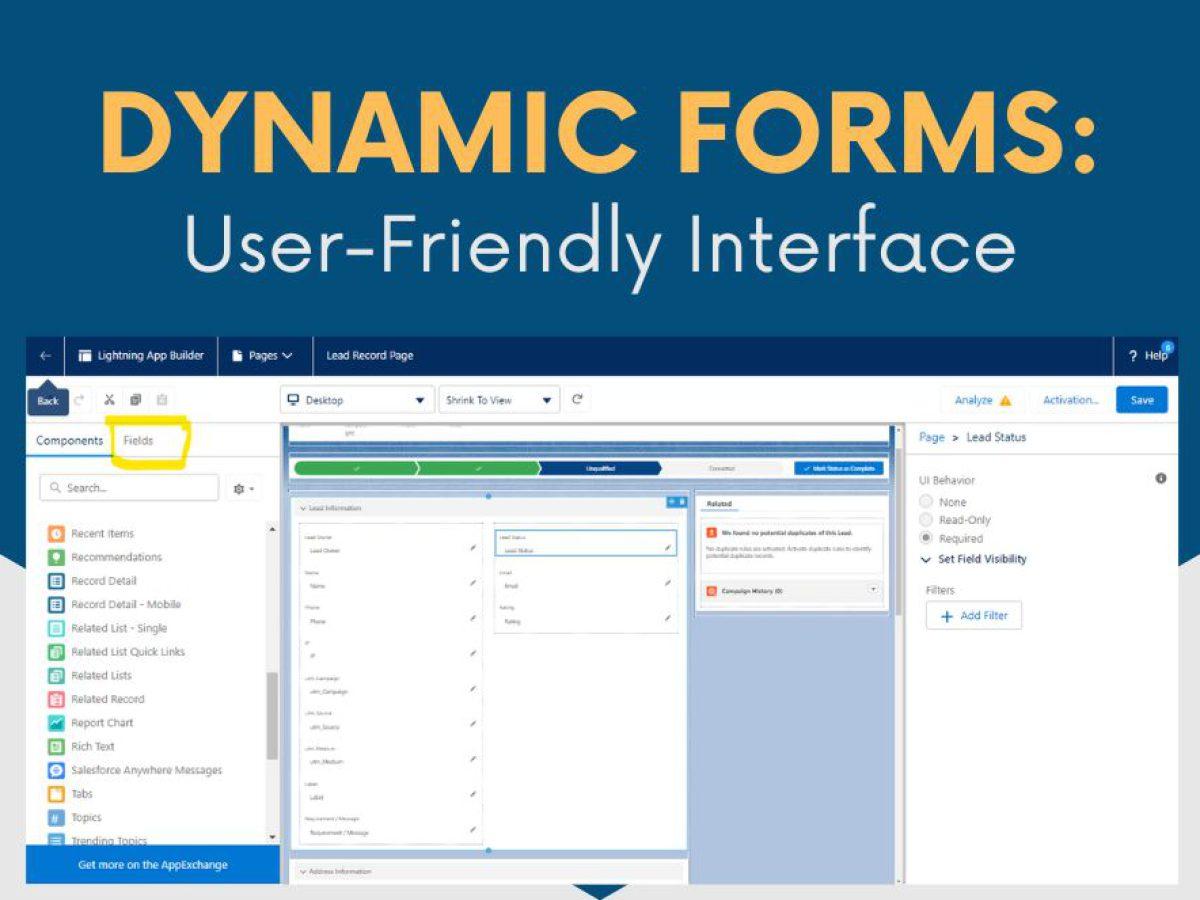
User-Friendly Interfaces that Make Blogging a Breeze
When it comes to blogging, the platform you choose can either empower your creativity or stifle it. Thankfully, there are several free blog platforms designed with user-friendly interfaces that make the process of writing and sharing ideas smoother than ever. These platforms boast intuitive designs and streamlined tools, allowing even the most novice bloggers to hit the ground running.
One of the standout features of these platforms is their drag-and-drop functionality. This allows you to easily add images, videos, and other media to your posts without any technical know-how. Imagine crafting a stunning blog post in just a few clicks! You can focus on your writing while the platform takes care of the layout, making your content visually appealing.
Most of these platforms come equipped with pre-designed templates that cater to various niches and aesthetics. Whether you’re looking to share personal anecdotes, professional insights, or artistic endeavors, you can find a design that complements your vision. Customization options range from simple color changes to advanced features, ensuring that your blog reflects your unique personality and style.
Another compelling aspect is the integrated SEO tools that help you optimize your content for search engines without diving deep into complex strategies. These features guide you in choosing the right keywords, crafting catchy headlines, and even analyzing your post’s performance. This means you can focus on engaging your readers while the platform takes care of the backend work.
Collaboration is also a breeze with many of these platforms. If you’re working with others, you can easily invite co-authors to contribute to your blog, enabling a seamless workflow. The user-friendly interfaces allow team members to edit and review content without any hassle, making it perfect for group projects or shared interests.
| Platform | User-Friendliness | Customization Options | SEO Features |
|---|---|---|---|
| WordPress.com | High | Extensive | Built-in |
| Blogger | Moderate | Basic | Basic tools |
| Wix | Very High | Highly customizable | Advanced |
| Medium | High | Limited | Simple |
Additionally, most platforms provide mobile optimization, ensuring your blog looks great on smartphones and tablets. With an increasing number of readers consuming content on the go, this feature is essential for reaching a wider audience. You won’t have to worry about how your blog appears on different devices; these platforms handle it for you automatically.
community engagement features such as comments, likes, and social sharing buttons make it easy for you to connect with your readers. These tools foster interaction, encouraging feedback and discussion around your content. The more engaged your readers are, the more likely they are to return and share your posts with others.
Customization Options to Showcase Your Unique Voice
When it comes to blogging, one of the most exciting aspects is the ability to infuse your unique personality into your platform. The right blog platform will provide you with an array of customization options, allowing you to build a space that truly reflects your voice. Here are some features to consider:
- Theme Selection: Most platforms offer a variety of themes that can be tailored to fit your style. Whether you prefer a minimalist look or something more vibrant, there’s probably a theme that matches your vibe.
- Header Customization: Make your blog stand out by customizing your header. This is often the first thing visitors see, so choose images, fonts, and colors that resonate with your brand.
- Typography Choices: Fonts can set the tone for your content. Look for platforms that offer a wide selection of typefaces so you can choose one that enhances your writing style.
- Color Schemes: Use color to evoke emotions and create a cohesive look. Many platforms allow you to change color schemes easily, helping you to build a visually appealing blog.
Beyond aesthetics, consider how user-friendly the customization options are. A platform that allows for simple drag-and-drop edits can save you time and hassle. This encourages you to focus more on content creation rather than getting lost in technicalities.
Another essential aspect is the availability of plugins or widgets. These tools can enhance your blog’s functionality and appearance, enabling you to add features like social media feeds, contact forms, or even custom galleries. Look for platforms that support a variety of plugins, as this will empower you to tailor your blog to your specific needs.
Here’s a quick comparison table of some popular platforms and their customization features:
| Platform | Theme Variety | Drag-and-Drop Builder | Plugin Support |
|---|---|---|---|
| WordPress.com | Yes | Yes | Limited |
| Blogger | Moderate | No | None |
| Wix | Extensive | Yes | Yes |
| Medium | Very Limited | No | No |
Don’t forget about the importance of mobile customization. In today’s world, many readers will access your blog via smartphones. Choose a platform that allows you to optimize your site for mobile devices, ensuring that your blog remains visually appealing and functional across all screens.
remember that customization is not just about looks; it’s also about creating a space that fosters engagement. Look for options that allow for interaction, such as comment sections and social media sharing tools. This will cultivate a community around your blog and enhance your overall writing experience.
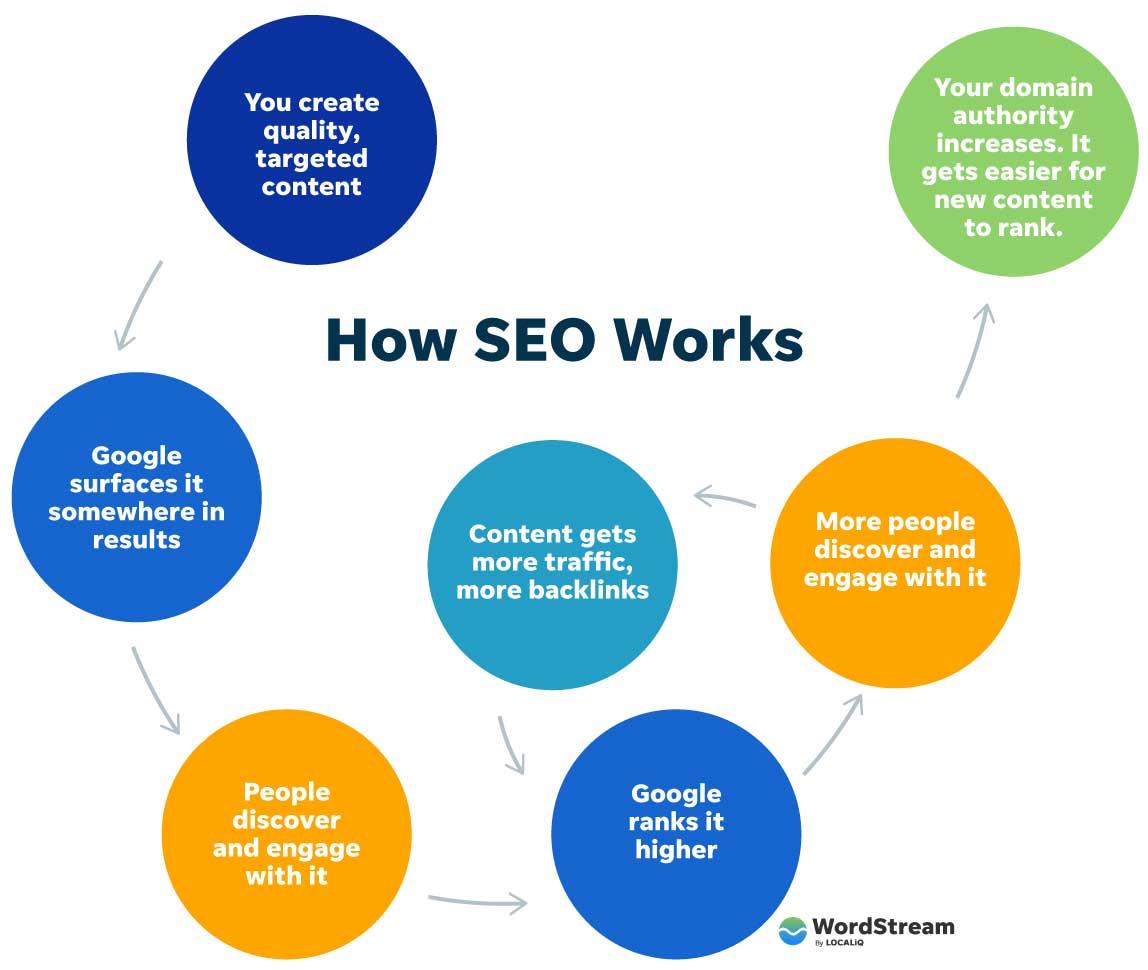
SEO Features to Boost Your Blog’s Visibility
When it comes to enhancing your blog’s reach and engagement, implementing effective SEO strategies is essential. Here are some key features that can significantly elevate your content’s visibility:
- Keyword Optimization: Research and integrate relevant keywords into your blog posts. Tools like Google Keyword Planner and Ubersuggest can help you identify popular search terms related to your niche.
- Engaging Meta Descriptions: Craft compelling meta descriptions for each post. A well-written meta description not only informs search engines but also entices readers to click through.
- Quality Backlinks: Establish relationships with other bloggers and websites to gain backlinks. Quality links boost your site’s authority and can improve search rankings.
- Mobile Responsiveness: Ensure your blog is mobile-friendly. A responsive design enhances user experience and is favored by search engines.
- Fast Loading Speed: Optimize your site’s loading speed, as this is a critical factor for both user satisfaction and search engine ranking.
Utilizing these features can greatly influence how your content is perceived by both users and search engines. Consider implementing a structured approach:
| Feature | Benefit |
|---|---|
| Keyword Optimization | Increased visibility in search results |
| Engaging Meta Descriptions | Higher click-through rates |
| Quality Backlinks | Improved site authority |
| Mobile Responsiveness | Better user experience |
| Fast Loading Speed | Reduced bounce rates |
Additionally, leveraging social media can further amplify your blog’s reach. Share your posts across platforms like Facebook, Twitter, and Instagram to attract a wider audience. Engage with your readers through comments and social shares, creating a community around your content.
Lastly, don’t underestimate the power of analytics. Tools like Google Analytics provide insights into your audience’s behavior, allowing you to refine your content strategy based on what works. By regularly monitoring your performance, you can make informed decisions that keep your blog thriving.
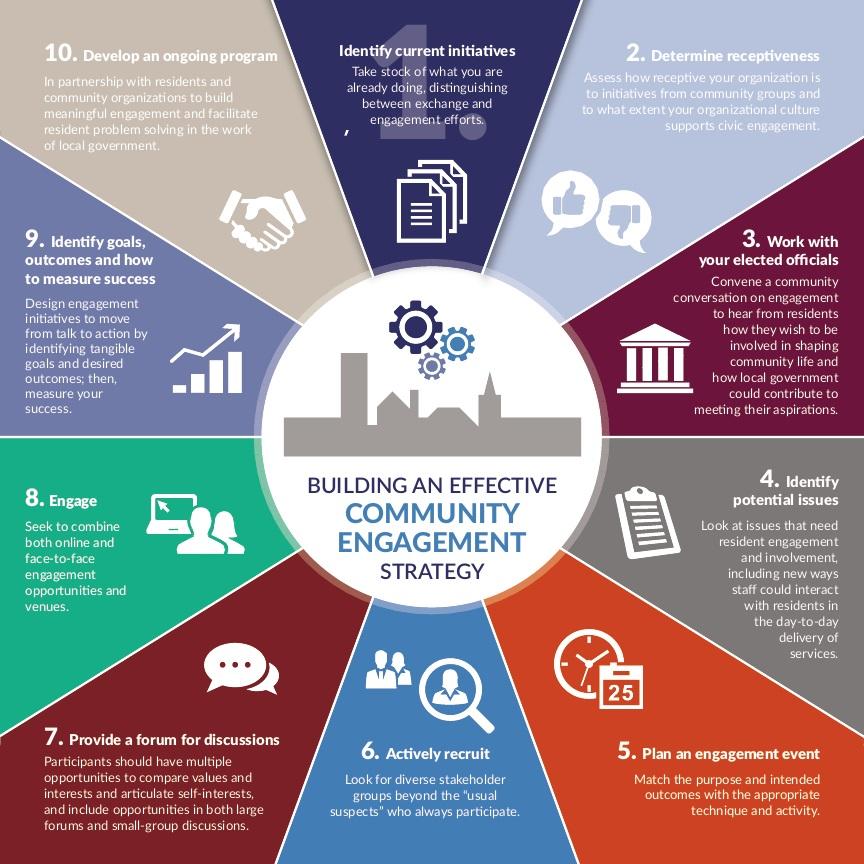
Community Engagement Tools to Connect with Readers
Engaging with your readers goes beyond just publishing great content; it’s about fostering a community where your audience feels connected and valued. Fortunately, there are numerous tools available to help you bridge that gap. Here are some effective options to enhance your blog’s community engagement.
- Social Media Platforms: Leverage the power of social media to share your blog posts and invite discussion. Platforms like Facebook and Twitter can help you reach a wider audience while allowing for real-time interaction.
- Email Newsletters: Build a mailing list to keep your readers updated on new content and engage them with exclusive insights. Tools like Mailchimp offer free plans that make it easy to get started.
- Comment Sections: Enable comments on your blog posts. This invites readers to share their thoughts and feelings about your content, fostering direct engagement right on your site.
- Forums and Discussion Boards: Create a dedicated space for your readers to discuss topics related to your blog. Platforms like ProBoards can help you set up a forum easily.
Incorporating these tools can significantly enhance the experience of your readers, making them feel part of a larger conversation. One effective method is hosting live Q&A sessions, where you can directly interact with your audience, answer their questions, and discuss your blog topics in real time.
| Tool | Purpose | Best For |
|---|---|---|
| Facebook Groups | Community building and discussions | Engaged readers |
| Google Forms | Surveys and feedback | Understanding reader preferences |
| Discord | Real-time chatting | Interactive communities |
| Broader topic discussions | Finding niche audiences |
Don’t underestimate the power of collaboration either. Partnering with other bloggers or influencers in your niche can amplify your reach and create exciting opportunities for your readers to engage deeper with the content. Consider guest posts, joint webinars, or social media takeovers as creative ways to share audiences.
always listen to your audience. Regularly solicit feedback through polls or surveys to understand what topics resonate with them. This not only helps you tailor your content but also makes your readers feel heard and valued, strengthening their loyalty to your blog.
Mobile Responsiveness for Blogging on the Go
In today’s fast-paced world, blogging isn’t just confined to our desks. With the rise of mobile devices, aspiring writers can now create, edit, and publish content anytime, anywhere. But how do you ensure that your blog is mobile-responsive, making it a seamless experience for readers on the go? Here are some vital points to consider:
- Choose a Mobile-Friendly Platform: Not all blogging platforms are created equal. Opt for ones that prioritize mobile responsiveness. This ensures that your content looks great on any device, whether it’s a smartphone or tablet.
- Responsive Themes: Many platforms offer a variety of themes designed to adapt to different screen sizes. Investing time in selecting a responsive theme can significantly enhance user experience.
- Optimized Images: Large images can slow down loading times, especially on mobile. Use compressed and optimized images, ensuring they maintain quality without sacrificing speed.
- Readability: Mobile screens are smaller, so clear and concise writing is essential. Use short paragraphs, bullet points, and ample white space to make your content easy to read.
Considering how users navigate on their devices can also shape your blog’s design:
- Touch-Friendly Navigation: Ensure buttons and links are well-spaced for easy tapping. Avoid small clickable areas that can frustrate mobile users.
- Single Column Layout: A single-column design is generally more user-friendly on mobile, allowing readers to scroll naturally without the hassle of zooming in and out.
- Fast Loading Times: With users on the go, your site needs to load swiftly. Utilize tools to check your site’s speed and identify areas for improvement.
Lastly, don’t forget about testing your blog’s mobile responsiveness. Regularly check how your posts appear across various devices to ensure consistency and quality. You can use tools like Google’s Mobile-Friendly Test to evaluate your blog’s performance. This proactive approach can help you catch issues before they impact your audience.
| Blog Platform | Mobile-Friendly Features |
|---|---|
| WordPress | Wide selection of themes; plugins for optimization |
| Blogger | Responsive templates out of the box |
| Wix | Drag-and-drop mobile editor |
| Medium | Built-in mobile optimization |
| Weebly | Responsive themes and design tools |
By prioritizing mobile responsiveness, you not only improve the experience for your readers but also expand your reach. In a time when more people consume content on their phones than ever before, ensuring that your blog functions flawlessly on mobile will set you apart as an aspiring writer. So, take the leap and start crafting your mobile-friendly masterpiece today!

Analytics and Insights for Tracking Your Blog’s Growth
Understanding how your blog is performing is crucial for your growth as a writer. By leveraging analytics and insights, you can make informed decisions that enhance your content and expand your audience. Here’s how you can effectively track and interpret your blog’s growth using free tools available through various platforms.
1. Google Analytics
This is the gold standard when it comes to tracking your blog’s performance. With Google Analytics, you can monitor key metrics such as:
- Page Views: See how many visitors you are attracting.
- Traffic Sources: Identify where your readers are coming from – search engines, social media, or direct visits.
- Audience Demographics: Understand the age, gender, and interests of your readers.
Using this data, you can tailor your content to suit the preferences and needs of your audience.
2. Social Media Insights
If you’re promoting your blog on platforms like Facebook, Twitter, or Instagram, these channels provide valuable analytics tools. For example:
- Engagement Rates: Track likes, shares, and comments to gauge which posts resonate most.
- Referral Traffic: See how much traffic your blog receives from social media links.
This information is vital for refining your social media strategy and optimizing your blog posts for better engagement.
3. Built-In Analytics from Blogging Platforms
Many free blogging platforms offer their own analytics tools. Here are some common features:
- Visitor Statistics: A snapshot of your site visitors over time.
- Popular Posts: Identify which of your articles attract the most attention.
For instance, WordPress provides detailed stats, allowing you to see not only page views but also comment and like counts, which can guide future content creation.
4. Feedback and Surveys
Engaging directly with your audience can provide insights that numbers alone cannot. Consider:
- Creating polls or surveys to understand what topics your readers are most interested in.
- Encouraging comments and discussions to gain qualitative feedback.
This two-way communication can build a loyal community and provide you with the direction your content should take.
5. Setting Goals and Tracking Progress
Establish specific growth goals for your blog, such as increasing monthly visitors or improving engagement rates. Create a simple tracking table:
| Month | Page Views | New Subscribers | Comments |
|---|---|---|---|
| January | 500 | 20 | 5 |
| February | 600 | 30 | 10 |
| March | 750 | 40 | 15 |
This table not only keeps you accountable but also helps visualize your growth over time. Regularly reviewing these metrics can motivate you and inspire new strategies for content creation.
Ultimately, staying informed about your blog’s performance through analytics will allow you to develop a more strategic approach to your writing journey. Regular analysis can lead to improved content, better audience engagement, and, ultimately, a more successful blog. So, dive into those metrics and let them guide you toward achieving your blogging aspirations!
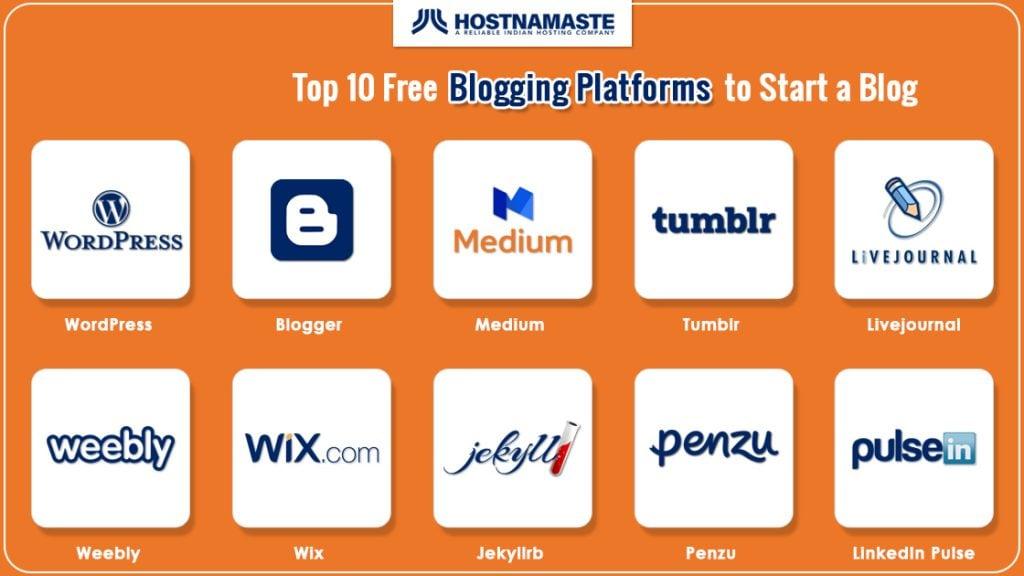
Top Free Blog Platforms Compared at a Glance
For aspiring writers, selecting the right blogging platform can significantly impact their journey. Here’s a quick comparison of some of the top free blog platforms, each offering unique features to help you share your voice with the world.
| Platform | Ease of Use | Customization | Monetization Options |
|---|---|---|---|
| WordPress.com | Very Easy | Limited | Ads and Premium Upgrades |
| Blogger | Easy | Moderate | Adsense Integration |
| Wix | Very Easy | High | Premium Plans |
| Medium | Easy | Very Limited | Partner Program |
WordPress.com is the go-to platform for many writers due to its user-friendly interface and extensive community support. With a myriad of themes and plugins, you can easily create a professional-looking blog. However, the free version has limitations on customization and monetization options, making it more suitable for hobby bloggers.
Blogger, a product of Google, offers a straightforward setup that’s ideal for beginners. It features essential customization options, and its integration with Google services makes it easy to manage. Plus, if you’re keen on monetizing your blog, you can easily incorporate Adsense into your Blogger posts.
If you’re looking for a visually appealing blog, Wix allows for high levels of customization with its drag-and-drop editor. The platform is perfect for those who want to create a unique online presence without needing extensive technical skills. However, to access advanced features, you might need to consider their premium plans.
Medium provides a clean and minimalist blogging environment, focusing on the content itself. It’s ideal for writers who want to reach a broader audience through its built-in community. While customization options are minimal, its Partner Program allows you to earn money based on how much time readers spend on your articles.
Other platforms worth considering include Weebly, which offers an intuitive design and eCommerce features, and Ghost, known for its simplicity and speed. Each platform has its strengths, so it’s essential to identify what features are most important to you as you embark on your blogging journey.

Why You Should Start Blogging Today
Blogging is an incredible avenue for self-expression, creativity, and connection. If you’ve ever thought about sharing your thoughts, experiences, or expertise, now is the perfect time to dive into the world of blogging. Here are some compelling reasons to start your blogging journey today:
- Express Yourself: Blogging allows you to voice your opinions and showcase your unique perspective. Whether you want to discuss your passions or share your life experiences, a blog is a powerful platform to connect with like-minded individuals.
- Build a Community: By sharing your stories and insights, you can attract readers who resonate with your message. This helps create a supportive community, where you can engage with others, exchange ideas, and develop meaningful relationships.
- Enhance Your Writing Skills: Regular blogging encourages you to practice and refine your writing. The more you write, the better you become, which can lead to exciting opportunities in the future.
- Boost Your Online Presence: In today’s digital age, having an online footprint is essential. Blogging can help establish your personal brand and increase your visibility, making you more recognizable in your field of interest.
- Explore Your Interests: A blog provides the perfect canvas to delve deeper into your hobbies or career interests. You can experiment with different topics, styles, and formats to discover what resonates most with you.
- Potential for Income: While not every blog becomes a money-maker, many successful bloggers turn their passion into profit through sponsorships, affiliate marketing, and other monetization strategies.
- Contribute to Knowledge: By sharing your insights, you can educate and inform your audience. Whether you’re writing tutorials, reviews, or personal stories, your contributions can make a significant impact.
In a world where everyone has a story to tell, don’t miss out on the chance to share yours. With various free blogging platforms available, starting your own blog has never been easier. Imagine having your little corner of the internet where you can inspire, inform, and entertain others. So, why not take the leap? Your thoughts and ideas deserve to be heard!
| Free Blog Platforms | Key Features | Who It’s For |
|---|---|---|
| WordPress.com | Customizable themes, built-in community | All writers, from beginners to pros |
| Blogger | Simple interface, Google integration | Casual bloggers and hobbyists |
| Medium | Engaged community, clean design | Writers focused on storytelling |
| Wix | Drag-and-drop builder, visually appealing | Creative individuals, portfolio builders |
Every day is a new opportunity to learn and grow, and blogging is a fantastic way to document that journey. Don’t let hesitation hold you back. Start blogging today and unlock a world of possibilities!
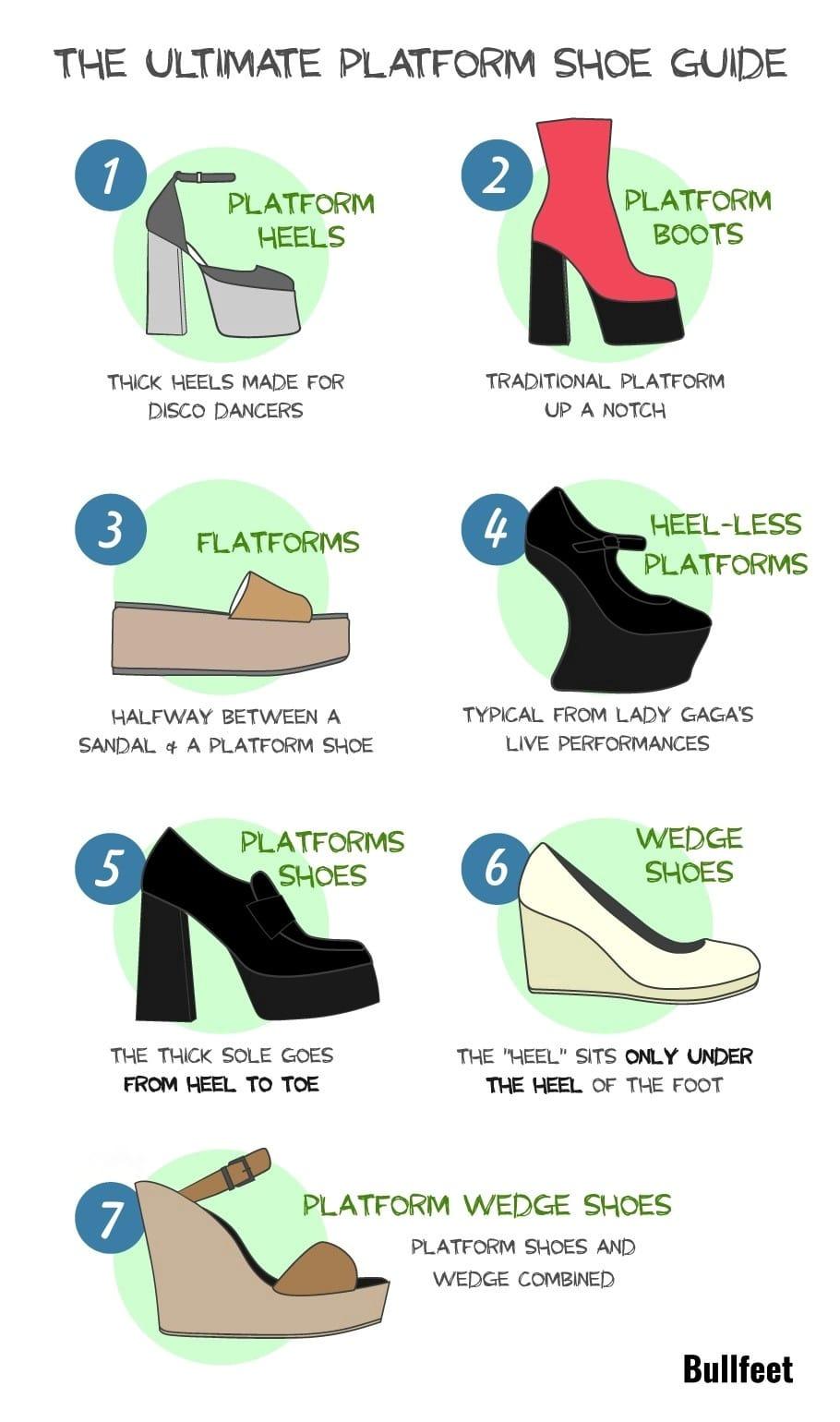
Tips for Getting the Most Out of Your Chosen Platform
When it comes to maximizing your experience on a blogging platform, a few key strategies can help you stand out and make the most of your writing journey. Here are some tips that can elevate your blogging game:
- Explore Each Feature: Take the time to familiarize yourself with all the tools available on the platform. Whether it’s SEO tools, analytics, or customization options, understanding the features can greatly enhance your blogging experience.
- Engage with the Community: Many platforms have built-in communities where you can connect with other writers. Don’t be shy! Join discussions, share your insights, and learn from others. This engagement can provide support and inspiration.
- Optimize Your Content: Use keywords strategically to improve your blog’s visibility. Research SEO best practices and implement them in your posts. This will help attract more readers and grow your audience.
- Create Compelling Headlines: Your post title is often the first thing readers see. Make it intriguing and relevant to encourage clicks. A strong headline can significantly increase your post’s reach.
Another critical aspect to consider is the aesthetics of your blog. A visually appealing site can make a lasting impression:
- Choose a Clean Layout: Opt for themes that are easy to navigate. Readers should find it easy to read your posts without being distracted by cluttered designs.
- Use Quality Images: Visuals can enhance your content significantly. Invest some time in finding high-quality images that complement your writing. They can make your blog more engaging and shareable.
Additionally, consistency is key in blogging. Maintaining a regular posting schedule not only keeps your audience engaged but also helps improve your writing skills over time:
- Set a Posting Schedule: Whether it’s once a week or bi-weekly, stick to a routine that works for you. Consistency builds anticipation among your readers and keeps them coming back for more.
- Batch Your Writing: If possible, dedicate a day to writing multiple posts at once. This can reduce the pressure of last-minute content creation and help you maintain your schedule.
Lastly, don’t forget to analyze your performance:
| Key Metric | How to Track |
|---|---|
| Page Views | Use built-in analytics tools on your platform |
| User Engagement | Monitor comments and social shares |
| Traffic Sources | Check referral statistics to see where your audience is coming from |
By implementing these strategies, you’ll not only enhance your blogging experience but also foster a loyal readership that appreciates your work. Remember, the key is to enjoy the process while continuously improving your craft!

Success Stories from Writers Who Started for Free

How to Transition from Free to Paid Platforms When Youre Ready
Making the leap from free blogging platforms to paid services can be both exciting and daunting. As you grow as a writer and your audience expands, there comes a time when free tools simply can’t meet your needs any longer. Transitioning to a paid platform not only enhances your blog’s functionality but also provides you with the autonomy and professionalism that define serious writers.
Here are a few key factors to consider during your transition:
- Evaluate Your Needs: Before switching, take a moment to assess what features are essential for your blog. Do you need a custom domain, more storage, or enhanced design options? Understand what you want to achieve with your blog.
- Research Paid Options: There are numerous paid platforms out there, each with unique offerings. Explore platforms like WordPress.org, Squarespace, or Wix, and compare their features, pricing, and support systems.
- Understand the Costs: While investing in a paid platform often pays off, it’s essential to understand all potential costs, including domain registration, hosting services, and premium themes or plugins.
Once you’ve identified a platform that fits your needs, the next step is to plan your migration carefully. Here’s how to ensure a seamless transition:
- Backup Your Content: Always start by exporting your existing blog content. Most free platforms offer an export feature to help you save your posts and media files.
- Choose the Right Domain: A custom domain enhances your blog’s credibility. Select a domain that reflects your brand and is easy to remember.
- Set Up Your New Platform: Once you’ve chosen a paid service, follow their setup instructions. This often includes installing the platform, selecting a theme, and importing your content.
As you move your content, consider this table of essential features that might be offered by different platforms:
| Feature | WordPress.org | Squarespace | Wix |
|---|---|---|---|
| Custom Domain | ✔️ | ✔️ | ✔️ |
| SEO Tools | ✔️ | ✔️ | ✔️ |
| Monetization Options | ✔️ | Limited | Limited |
| Customization Level | High | Medium | Medium |
Lastly, don’t forget to notify your audience of the change. Use social media, newsletters, or a blog post to share the exciting news about your new home online. Tell them what they can expect in terms of content and features, and invite them to explore the upgraded site. Engaging your existing followers during this transition can foster loyalty and excitement.
Transitioning to a paid platform may seem overwhelming, but with careful planning and execution, it can significantly enhance your blogging experience. Embrace this new chapter as a chance to expand your horizons, connect with a larger audience, and take your writing career to the next level.
Frequently Asked Questions (FAQ)
Q&A for “Top 10 Free Blog Platforms for Aspiring Writers”
Q: Why should I consider starting a blog as an aspiring writer?
A: Blogging is a fantastic way to hone your writing skills, build an audience, and express your unique voice. It’s like having your own writing workshop that’s open 24/7! Plus, the feedback you receive from readers can be invaluable in helping you grow.
Q: What are the benefits of using free blogging platforms?
A: Free blogging platforms are a great way to dip your toes into the blogging world without any financial commitment. They offer you the freedom to experiment with your writing and find your niche. Plus, many of these platforms have built-in communities that can provide support and inspiration.
Q: How do I choose the right blogging platform for me?
A: Consider what features matter most to you. Do you want customization options? An easy-to-use interface? Or perhaps strong community engagement? Each platform has its strengths, so think about what aligns best with your goals as a writer.
Q: Can I make money blogging on these free platforms?
A: While free platforms may have limitations in terms of monetization, they can still be a launching pad for your writing career. Once you’ve built a following, you can explore ways to monetize your blog, whether through affiliate marketing, sponsored posts, or transitioning to a self-hosted site if you choose.
Q: Are there any downsides to using free blogging platforms?
A: There can be some drawbacks, like limited storage, fewer customization options, or branding that doesn’t allow you to fully express your personal style. However, these platforms are an excellent starting point, and you can always upgrade to a paid service later if you outgrow your initial choice.
Q: How much time do I need to dedicate to blogging?
A: The beauty of blogging is that you can set your own pace. Some writers post several times a week, while others may only write once a month. It’s all about finding a routine that works for you and sticking with it!
Q: Will blogging help me improve my writing?
A: Absolutely! Regularly writing and publishing your work allows you to practice your craft and experiment with different styles. Plus, the act of writing for an audience can motivate you to refine your skills and explore new ideas.
Q: What if I don’t have any technical skills?
A: No worries at all! Most free blogging platforms are designed to be user-friendly, even for those with minimal tech experience. With intuitive interfaces and plenty of tutorials available, you’ll be up and running in no time.
Q: Can I engage with other writers on these platforms?
A: Yes! Many free blogging platforms foster a sense of community. You can comment on others’ blogs, join writing groups, and participate in forums. It’s a great way to connect with fellow writers and readers who share your passion.
Q: What’s the first step to starting my blog?
A: Just dive in! Choose one of the platforms we recommend, sign up, and start writing. Don’t overthink it; the important thing is to get your thoughts down and share them with the world. Remember, every great writer started somewhere!
This Q&A should give aspiring writers an engaging and informative overview of the article while encouraging them to explore blogging as a valuable tool for their writing journey.
In Summary
And there you have it—our roundup of the top 10 free blog platforms that can help you kickstart your writing journey! Whether you’re a seasoned writer looking to branch out or a complete novice eager to share your thoughts with the world, these platforms offer something for everyone.
Remember, the best platform is the one that resonates with you and suits your unique voice and style. So, take your time exploring each option and don’t be afraid to experiment. The beauty of blogging is that it’s all about finding your niche and connecting with others who share your passions.
Now is the perfect time to start sharing your ideas, stories, and experiences. So go ahead—pick a platform, unleash your creativity, and let your voice be heard. The world is waiting for your words! Happy blogging!



